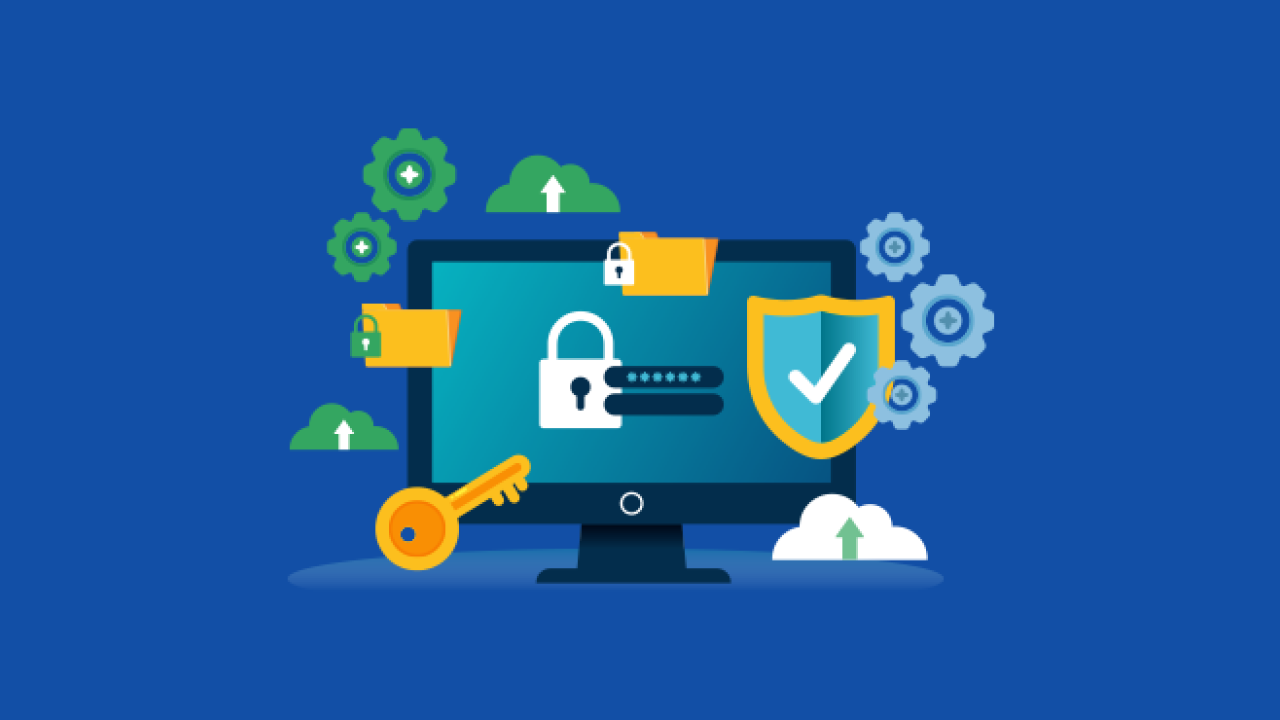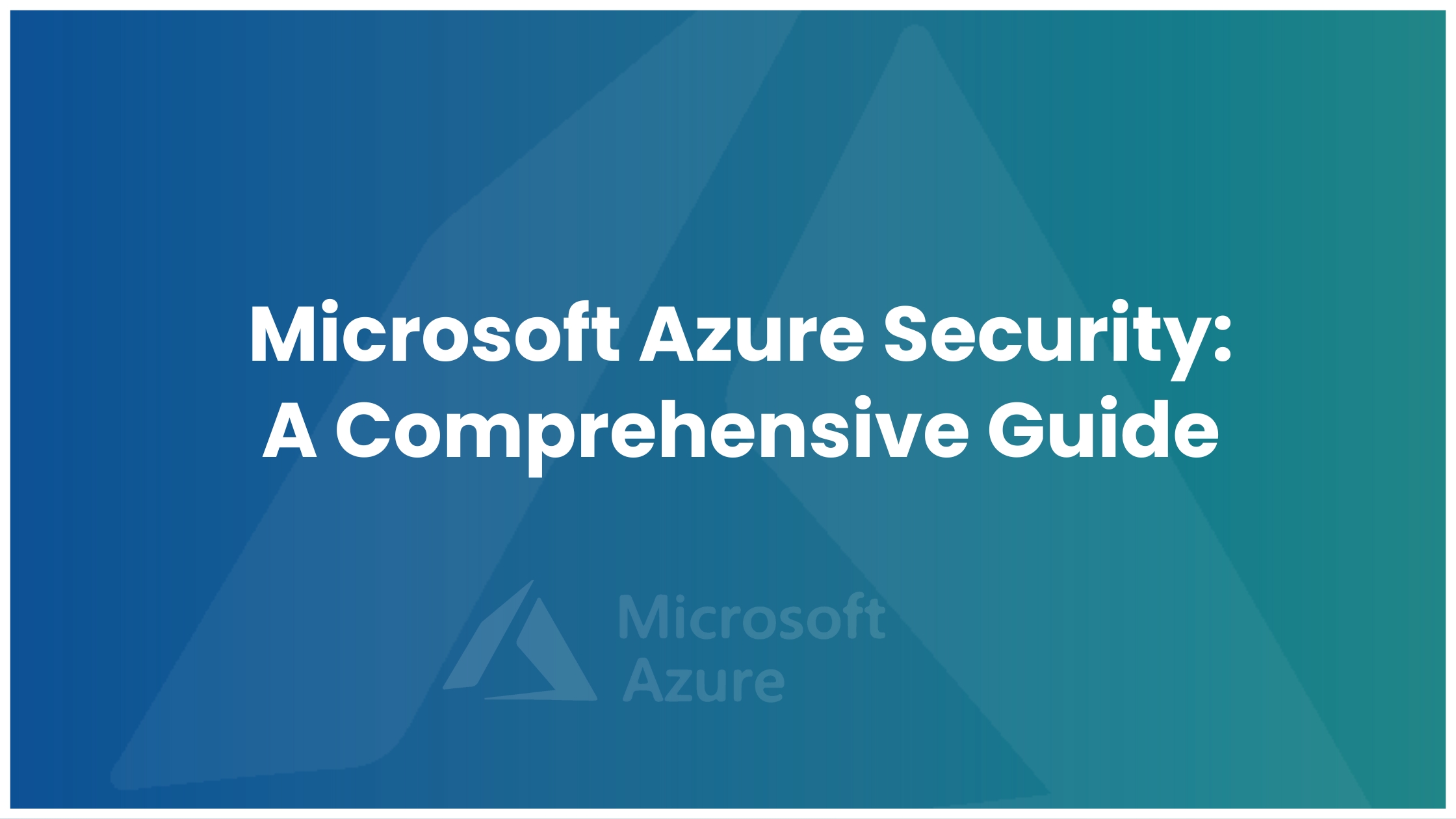Cloud computing has emerged as a great refuge for business owners, allowing them to access IT services delivered to them via the internet, without having to maintain it by themselves on physical servers. Some of the most popular cloud service providers are Amazon Web Services (AWS), Microsoft Azure and Google Cloud. However, just like any other IT asset it needs to be kept secure, making sure the best security practices are being followed.
Defining cloud cryptography
Data saved in the cloud is protected by cloud cryptography, which uses encryption. A number of safeguards are included in cloud cryptography, adding a robust layer of security to prevent data breaches, hacks, and virus impact.
Cloud encryption is smart since it protects your data after it has left your company’s IT infrastructure. This indicates that the data is secure during its entire journey through your cloud computing services. Encryption enhances cybersecurity for your firm by protecting the data itself rather than the locations where it is stored. Cloud cryptography ensures data security without causing any delays in its delivery.
Working of cloud cryptography
Cloud cryptography is encryption based, where the text is scrambled into ciphertext using computers and algorithms. By decoding this ciphertext with a set of bits and using an encryption key, it may then be transformed into plaintext. Any of the following techniques can be used to encrypt data:
⦁ Syncing pre-encrypted data with the cloud: Various softwares are available to pre-encrypt data before it is sent to the cloud, rendering it unreadable for anyone attempting to hack it.
⦁ End-to-end encryption: When sending and receiving communications, only the sender and the recipient have access to the content.
⦁ File encryption: When data is encrypted while at rest, it prevents unauthorized parties from accessing the information it contains in the event that a file is intercepted.
⦁ Full disk encryption: When any data is stored on an external drive, it gets automatically encrypted thanks to full disc encryption. This is the most effective way to protect computer hard discs.
Types of cryptographic algorithms
⦁ Symmetric-key cryptography: Data is authenticated and authorised by the symmetric key cryptographic technique because it prevents data encrypted with a single, unique key from being deciphered with any other key. The most common symmetric-key algorithms used in cloud computing for cryptography are Data Encryption Standard (DES), Triple Data Encryption Standard (3DES), and Advanced Encryption Standard (AES).
⦁ Asymmetric-key cryptography: To protect the data stored in the cloud, this algorithm uses two distinct keys for encryption and decryption. The Digital Signature Algorithm (DSA), RSA, and Diffie-Helman Algorithm are the algorithms utilized in cloud computing.
⦁ Hashing: The main applications of hashing are indexing and recovering database objects. Additionally, it uses two different keys to encrypt and decrypt messages.
Fundamentals for cloud cryptography
There are two primary types of cloud cryptography that any organization should implement to secure its cloud environment:
⦁ Data in transit: Data that is travelling between endpoints is known as data-in-transit. When using an internet browser, you may observe one typical type of data-in-transit cloud encryption. HTTP and HTTPS protocols are used to secure these communication channels. This is accomplished by enclosing the secure channel in an encryption layer known as an SSL, or “secure socket layer.”
⦁ Data at rest: Sensitive information that is held in business IT systems like servers, discs, or cloud-based storage is called data-at-rest. You can implement access control by encrypting data while it is being kept and distributing decryption keys only to authorized personnel. Plaintext information won’t be visible to anyone attempting to access your data-at-rest; instead, encrypted data will.
Best practices for securing cloud data via cloud cryptography
⦁ Keeping Your Encryption Keys Under Your Control – Avoiding keeping cryptographic keys in the same region as the data they are needed to encrypt or decrypt is one of the core best practices for key management.
⦁ Hardware-based security should be used to store encryption keys because software solutions can be vulnerable or accidentally exposed at many infrastructure layers.
⦁ Unify key management policies and auditing – Most businesses make use of several SaaS products and public clouds. Risk and expense are increased by maintaining various rules, auditing procedures, and security controls for each cloud. Centralizing key management for all SaaS and public cloud encryption is a best practice.




